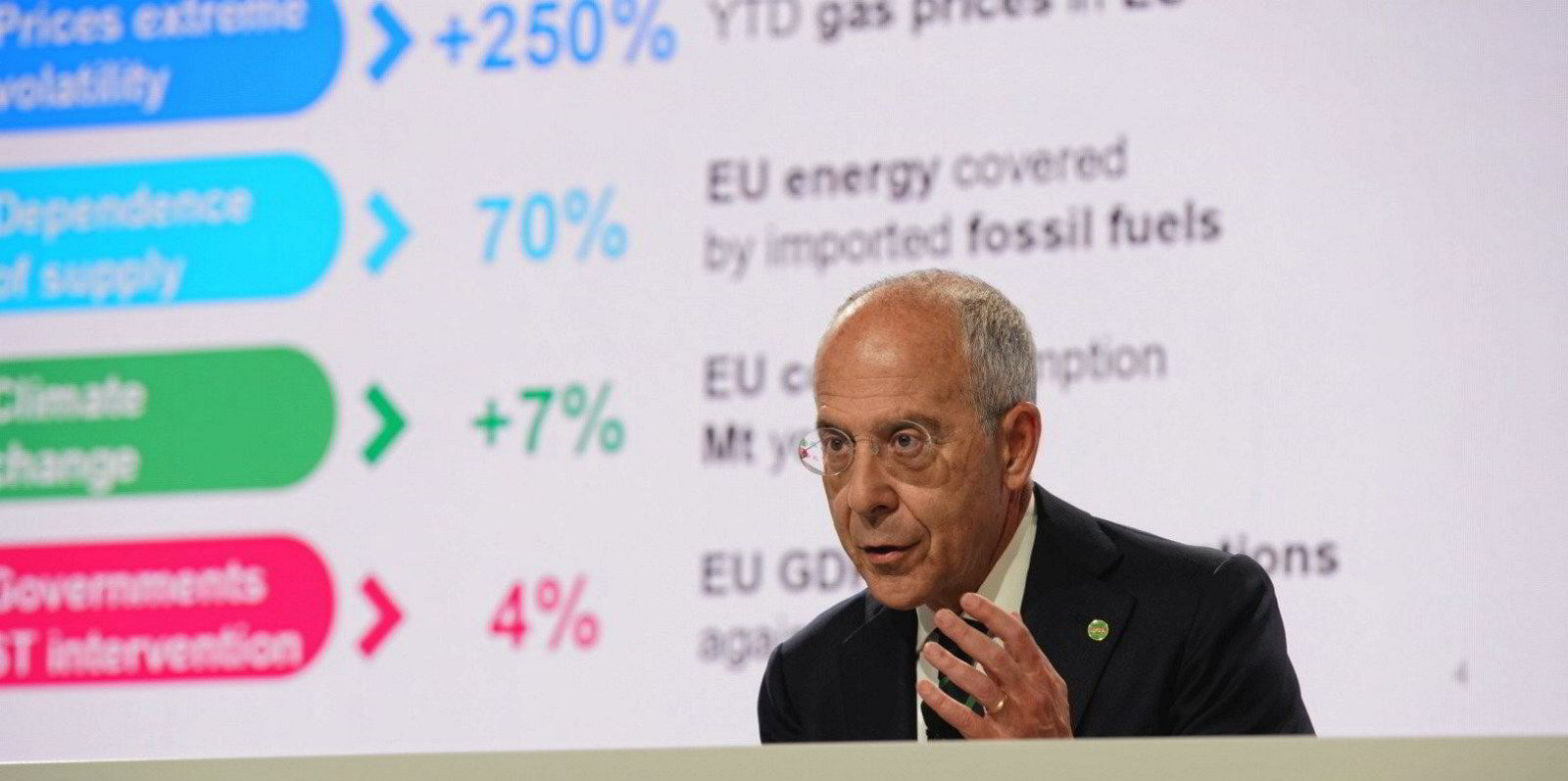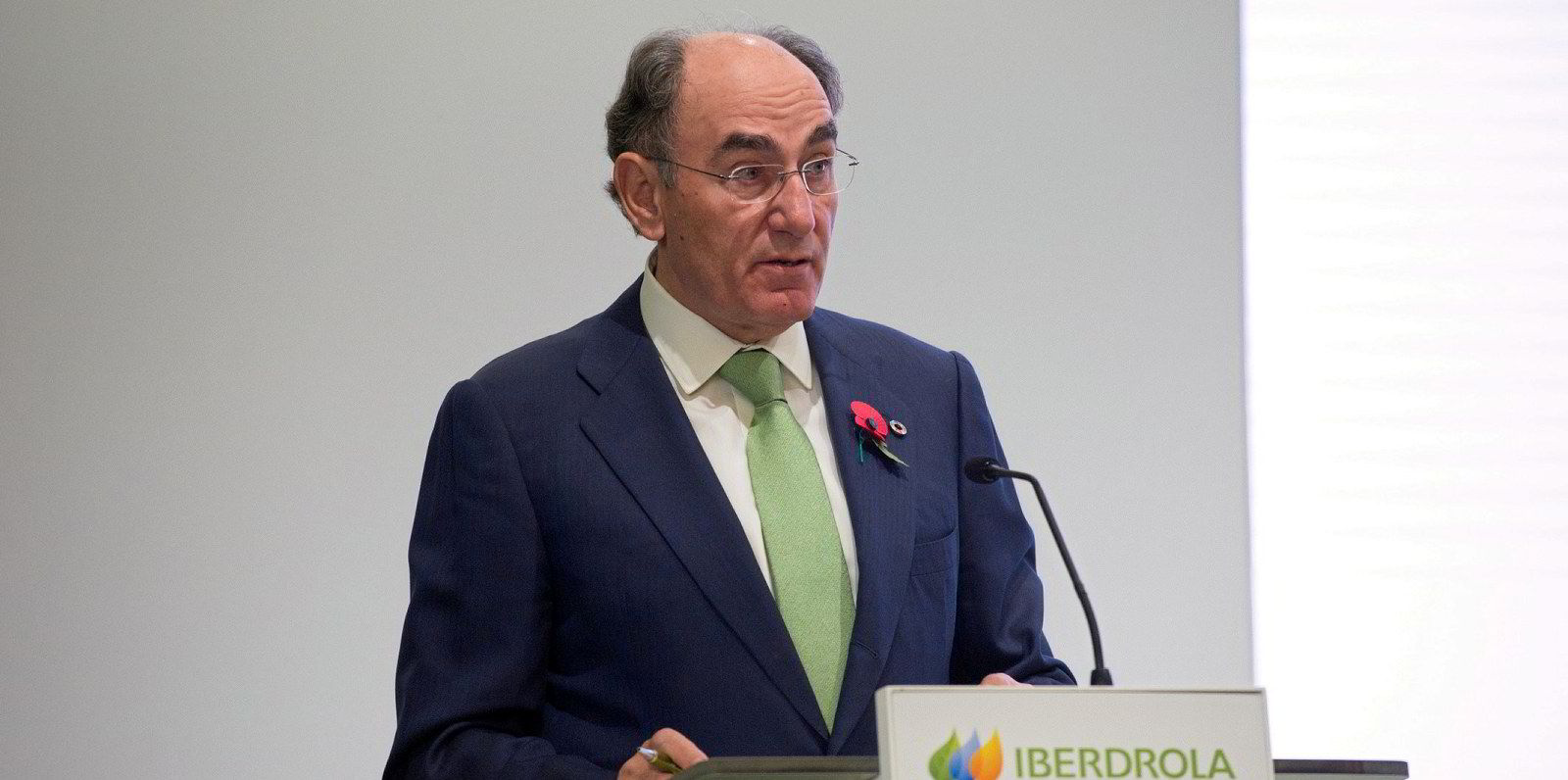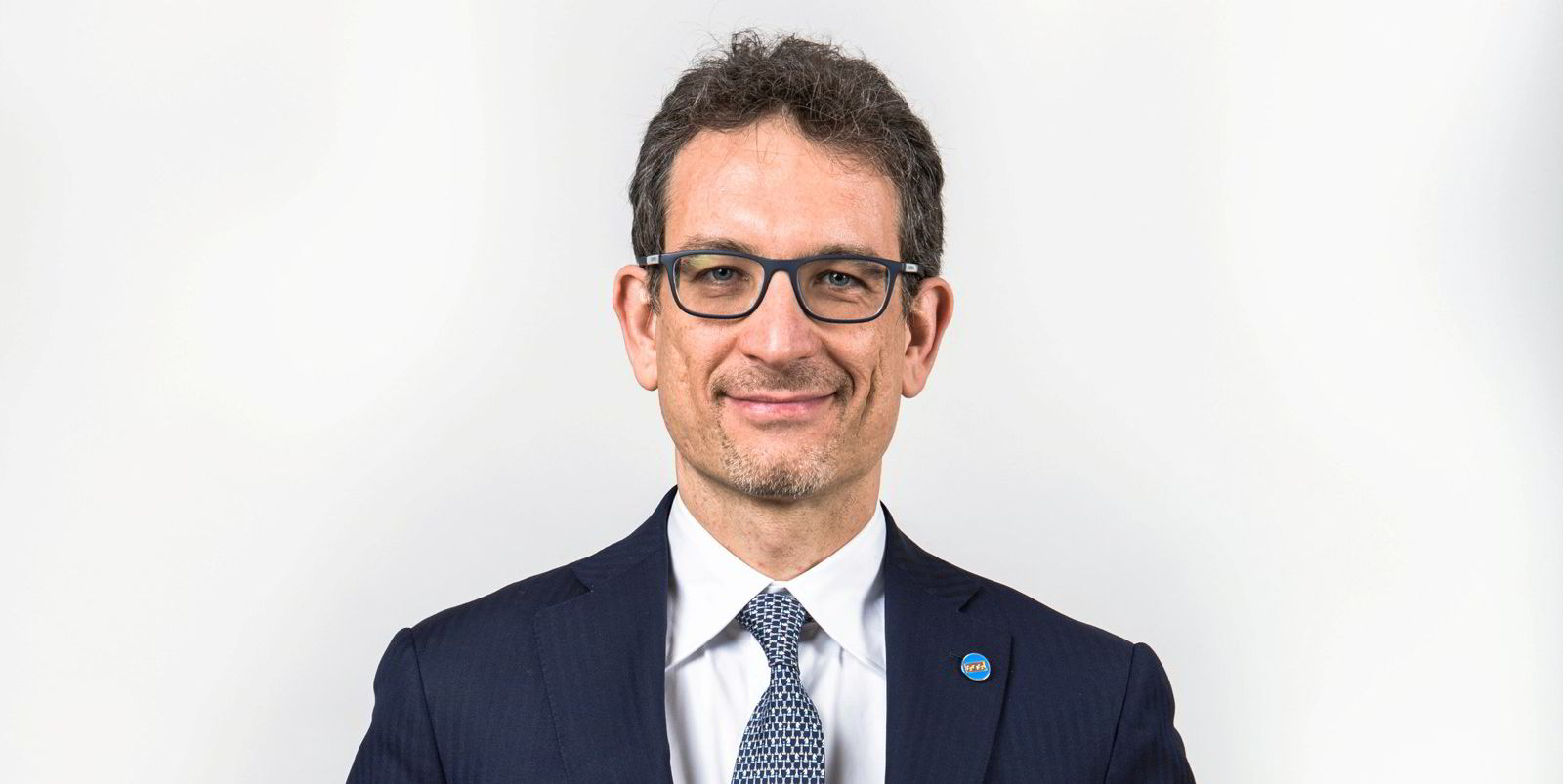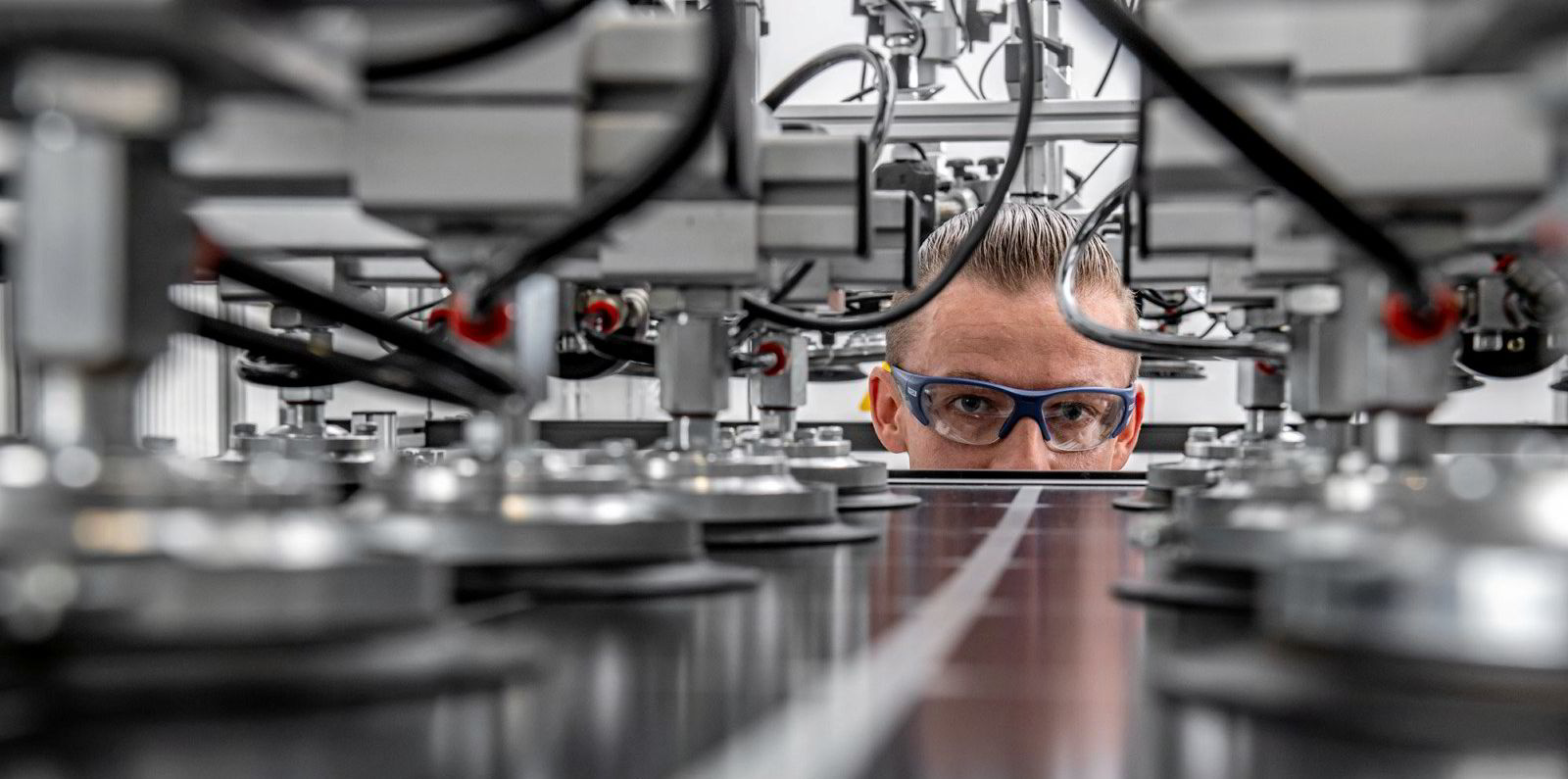Renewable energy giant Enel unveiled plans for a €21bn ($21.6bn) asset sell off and an exit from several countries, as it signalled a more conservative approach amid what CEO Francesco Starace said could be “at least a couple of years of ongoing turbulence” in global markets.
The Italian group – one of the world’s largest developers of wind and solar – will in the 2023-25 period focus its investments on six core countries that it says will offer the best prospects for returns and the most supportive policies – Italy, Spain, the US, Brazil, Chile and Colombia.
It also plans to move out of Romania, Peru and Argentina, and shift to a ‘stewardship’ model – development in conjunction with partners – in Australia and Greece, as well as seeking to “crystalise value” from certain renewable and gas assets as it moves to cut debt.
“We are concentrating our strengths where they matter most”, said Starace as he presented Enel's latest three-year strategy, which he told financial analysts had been formulated against a background of “uncharted territory” for European energy players.
“We don’t have clarity of what 2023 will look like. Will there still be a war? Will there be no more gas at all from Russia? Will prices keep swinging as they do in 2022? Will governments have to again put other strange things [windfall measures] on the table?”
Enel expects to add 21GW of new renewables in the three-year period, 2GW under ‘stewardship’, reaching 75GW by 2025 and dominated by 11GW of solar expansion. The extra capacity includes 4GW of battery development, which Starace predicted will become an increasingly important area of focus for the group in the coming years.
All but 14% of the €17bn Enel expects to invest will be in Italy, Spain and the US, with the balance going to Latin America.
Last week, the company last week announced its subsidiary 3Sun USA will build its first giga-factory there for bifacial PV modules and cells with at least 3GW annual capacity starting in Q4 2024 and scaling up to 6GW later in the decade. Enel did not quantify the investment or provide the future location.
The proposed facility will be among the first in the US to produce PV cells, the key building blocks that make up solar panels. The US in June had about 7GW production capacity for modules.
The company said the landmark climate bill signed into law by President Joe Biden in August was the catalyst for its solar manufacturing ambitions in the US. It includes federal tax credits for panel components produced domestically as well as solar grade polysilicon.
Enel will pursue a move to having 90% of its fixed price power sales covered by GHG-free sources by mid-decade, up from about 70%, and have green electricity account for 75% of total generation, reducing uncertainties around gas prices.
The Italian group will also focus on grid investments in its core markets, with Starace declaring networks to be key to the energy transition.
The Italian group joined a growing trend by European players to back a beefed-up solar module manufacturing presence inside the EU. Enel plans to invest heavily in its own 3Sun production facility in Sicily and expand production 15-fold to 3GW of annual production.
Starce said that would help shield the group’s access to solar equipment from issues such as Covid-related blockages in Asian supplies and the holdup it experienced in the US as a result of a ban on imports of some Chinese equipment on human rights ground.
However, even declaring the US a core market for focus, where Joe Biden has set big offshore wind targets, would not shift Enel's long-standing refusal to leap into the sector, said Starace, who noted that wind at sea ties up capital for years at a time.
Updates with announcement of US solar module and cell giga-factory investment. Amended to correct location of European factory to Sicily and clarify that 70% target relates to GHG-free sources.




